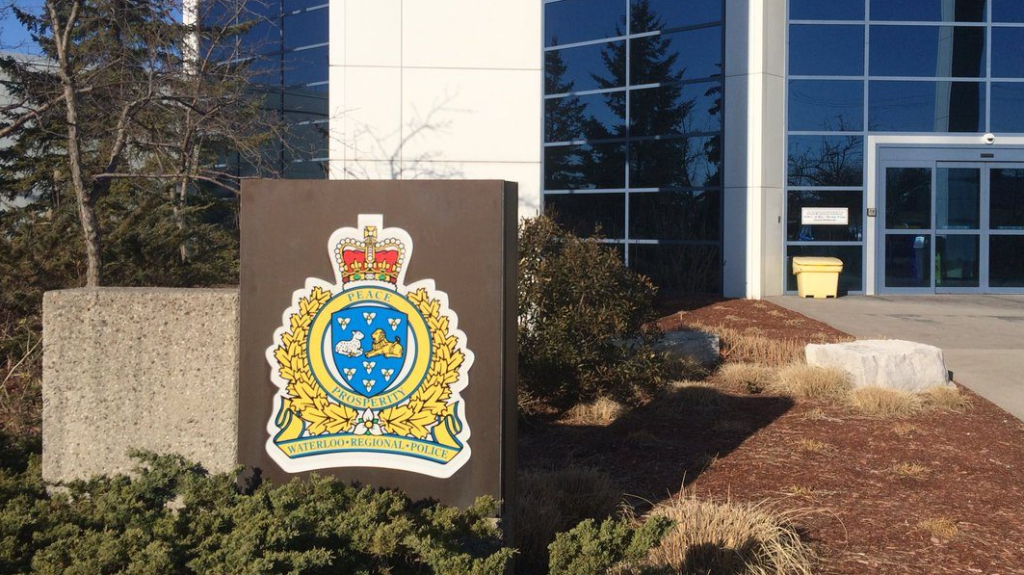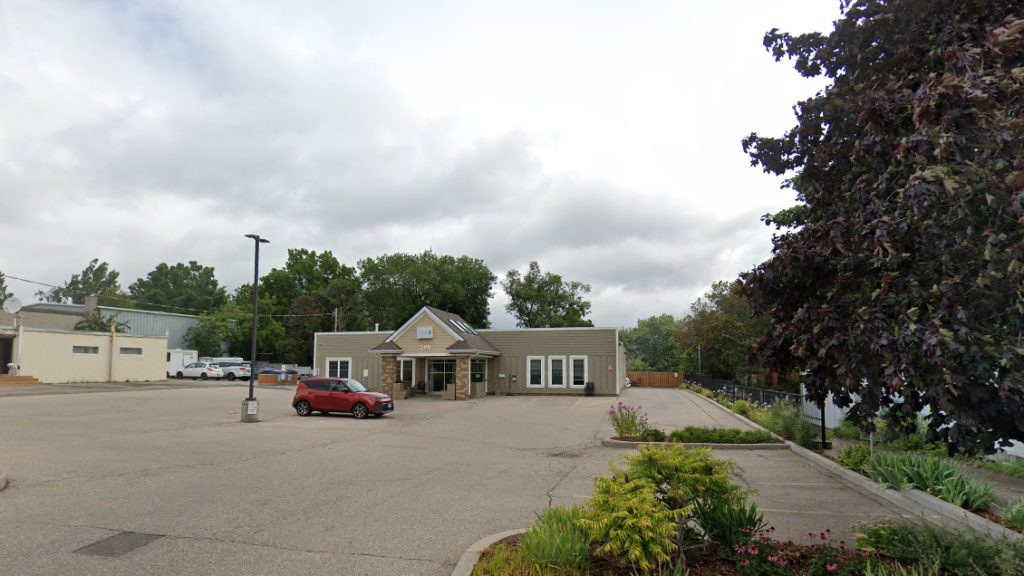Homeless encampments to be addressed at Wednesday’s regional council meeting
Posted Apr 27, 2022 06:05:00 PM.
According to Regional Chair, Karen Redman, there are currently over 60 homeless encampments within Waterloo Region.
The most recent tent community gaining attention is the one located in Kitchener at Weber Street and King Street. It has substantially grown in size as of late and a proposal is recommending that 24-hour washroom access be provided to the residents.
While appearing on The Mike Farwell Show on CityNews 570, Redman said that The Working Centre at St. John's Kitchen has stepped up and offered to help.
“The ability to access washrooms 24/7 for this particular unsanctioned encampment is a good thing and hopefully will provide the residents with the kind of access that we hope everyone would have,” she said.
Joe Mancini is the Director with the Working Centre in Downtown Kitchener and said the washrooms are already very well used.
“The Working Centre renovated our washrooms three years ago. They're really decent public washrooms,” said Mancini. “They're probably the most important public washrooms in the downtown that have been available throughout the pandemic.”
St. John's Kitchen is located across from the encampment and security would be provided to block off the rest of the facility until normal operating hours.
The proposal will be discussed by regional council this evening at 7 p.m.
While bathrooms may be available soon, the residents of that particular encampment will need to move in the near future. Redman said it was communicated to the residents that the living space was only temporary.
“We have a major construction project with Metrolinx that goes from King Street to Weber Street,” said Redman. “We will have to accommodate Metrolinx and construction trucks and there will be great participation from our facilities as well as regional construction. So it was made clear to them all along that this would not be a permanent site.”
This is not the first time that residents of a homeless encampment have been told to find a new living space. It is quite common for regional officials to clear out these spaces, forcing individuals experiencing homelessness to move elsewhere.
This typically happens once an encampment has grown too large in capacity. Residents then find another area to pitch their tents for the time being, in hopes that they will be able to stay.
“There is a crucial threshold where it gets too big and we know that some people move because it's past their comfort level and there are too many people there,” said Redman.
She understands that this is a cycle that needs to end and a more permanent and inclusive solution needs to be found. Redman believes the first step in finding that answer is funding.
“One of the recommendations that will be dealt with tonight is that we need to go to the provincial and federal governments saying that we need more money,” she said. “This is a problem, an issue, and a challenge far bigger than anything we can fund at the municipal level on the backs of our municipal taxpayers.”
Redman added that at this time, council members have done everything they can to help with the funding they have been provided.
“We went from building 50 affordable housing units a year, to the commitment of this council of building 500 a year for the next five years.”
Redman also noted that mental health and addiction play a major role within many of these encampments and more resources are needed to deal with these individuals, including more outreach workers.
Mancini agreed with Redman's notion that mental health issues and drug addiction continue to be prevalent within the un-sheltered community.
“These individuals find themselves in tough situations especially because of the access to these drugs and what they are doing to people's minds and ability to function in society,” he said.
Redman added that it is not as simple as just making these residents stay or leave and it's difficult because everybody has a free will.
“There are health concerns. There are garbage concerns. There's the fact that there are commercial enterprises right next to them. So there has to be a balance in how we approach this,” said Redman. “A Better Tent City is a very innovative project but it's not actually a shelter. Some of those people do consider it home while others prefer to move into supportive housing.”
When asked what the best solution would be to help these people experiencing homelessness, Redman said that there is no simple answer. She believes that Waterloo Region is an innovative place and if any area can figure out a beneficial solution for everyone, it's here.
“This is not something that will be solved solely by the government, it has to be a whole community response. The kind of collaboration we have in Waterloo Region is second to none but these are very complicated issues to solve,” Redman said.
Ultimately, she believes that providing affordable housing for everyone and dealing with the residents on a case by case basis is the best solution.
“People need to be served one by one and have their needs met,” said Redman. “For some people it's safe drug supply, for others it's treatment centres so they're able to live long enough to decide they want a different kind of life for themselves.”










